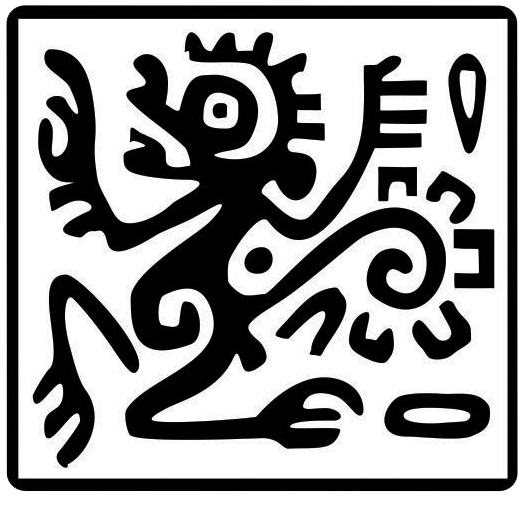Seasonal variation of mammal roadkill hotspots in the Sierra Madre Occidental, México
Abstract
Roadkill hotspots are spatially aggregated sites that are not distributed at random. In the case of mammals, hotspots are used as a criterion to assess the locations of roadkill mitigation works, although these sites can vary at different time scales. The objective of this study was to identify the changes in mammal roadkill hotspots between two seasons of the year on a highway in the Sierra Madre Occidental, northeastern México. Mammal road-killed species were monitored through 2 vehicle tours per season, with 15 days of separation between them. The 40D highway (Durango-Mazatlán) was traveled in spring 2019 and 2020 and autumn 2018 and 2019. Mammal roadkill hotspots in spring, autumn, and both seasons combined were identified using geographic information systems. A total of 217 mammal roadkills were recorded during 8 road tours. Wildlife roadkill hotspots were not spatially consistent between stations or when all records were compared. The spatial aggregation of mammal roadkills varied over time, which could be related to changes in the movement of fauna and other factors. The seasonal variation of these hotspots should be considered for the implementation of mitigation measures, and systematic monitoring of road-killed fauna should be conducted.
Copyright (c) 2022 Therya Notes

This work is licensed under a Creative Commons Attribution-NonCommercial-NoDerivatives 4.0 International License.
THERYA NOTES is based on its open access policy allowing free download of the complete contents of the magazine in digital format. It also authorizes the author to place the article in the format published by the magazine on your personal website, or in an open access repository, distribute copies of the article published in electronic or printed format that the author deems appropriate, and reuse part or whole article in own articles or future books, giving the corresponding credits. The Creative Commons CC BY-NC-SD license is used.![]()










